As parents and caregivers, ensuring the safety of our children is a top priority. Teaching children about safety is not just about instilling fear. It is also about empowering them with knowledge and skills to navigate the world confidently and securely. This article will explore the importance of teaching children about safety at home, school, and outside environments. By doing so, we equip them with essential tools for a safer, more secure future.
Parents prioritize safety, and they play a crucial role in equipping their children with the knowledge and skills to protect themselves. This article offers insights into cultivating a child’s awareness of potential hazards and instilling proactive safety habits. Whether understanding challenges, dos and don’ts at school, or potential risks at home, this article provides an approach to empowering children to be careful and informed.
1. The Foundation of Safety Education
Before we look into specific safety measures, let us understand the fundamental principles of teaching children about safety.
a. Age-Appropriate Learning
Tailor safety lessons to your child’s age and developmental stage, ensuring they grasp concepts effectively.
b. Open Communication

Build open and honest communication with your child, encouraging them to ask questions and share concerns.
c. Empowerment, Not Fear
Focus on empowerment rather than fear, teaching children to assess risks and make informed decisions.
2. Safety at Home
Home is where children spend a significant portion of their time, making it crucial to establish a safe environment.
a. Fire Safety
Teach children about fire hazards, escape plans, and using fire extinguishers and smoke detectors properly.
b. Electrical Safety
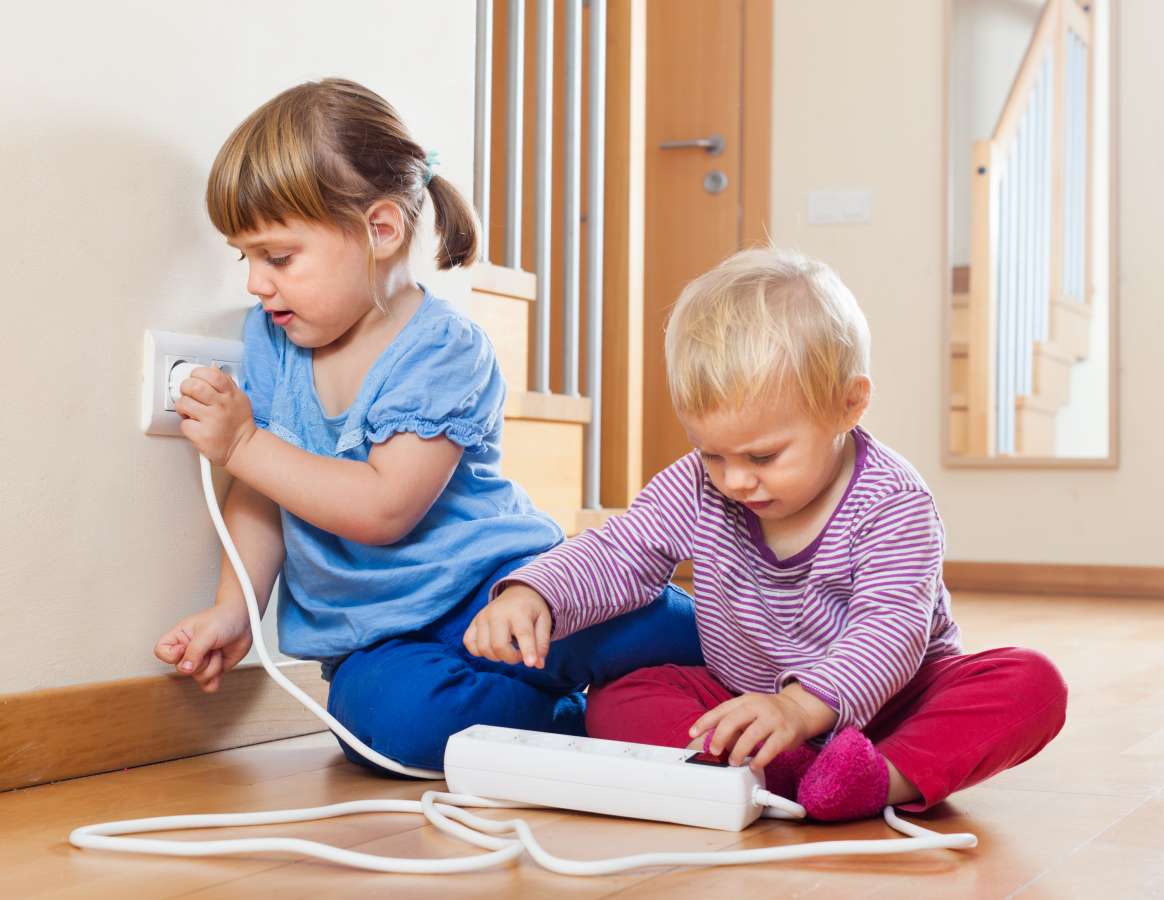
Educate children about the dangers of electrical outlets, cords, and appliances. Emphasize the importance of safety measures to them.
c. Poison Control
Discuss the potential risks of household chemicals and medications, stressing the importance of keeping them out of reach.
3. Personal Safety
Teaching children about personal safety is essential for protecting themselves from harm.
a. Stranger Danger
Educate children about strangers, emphasizing when and how to seek help from trusted adults.
b. Body Awareness
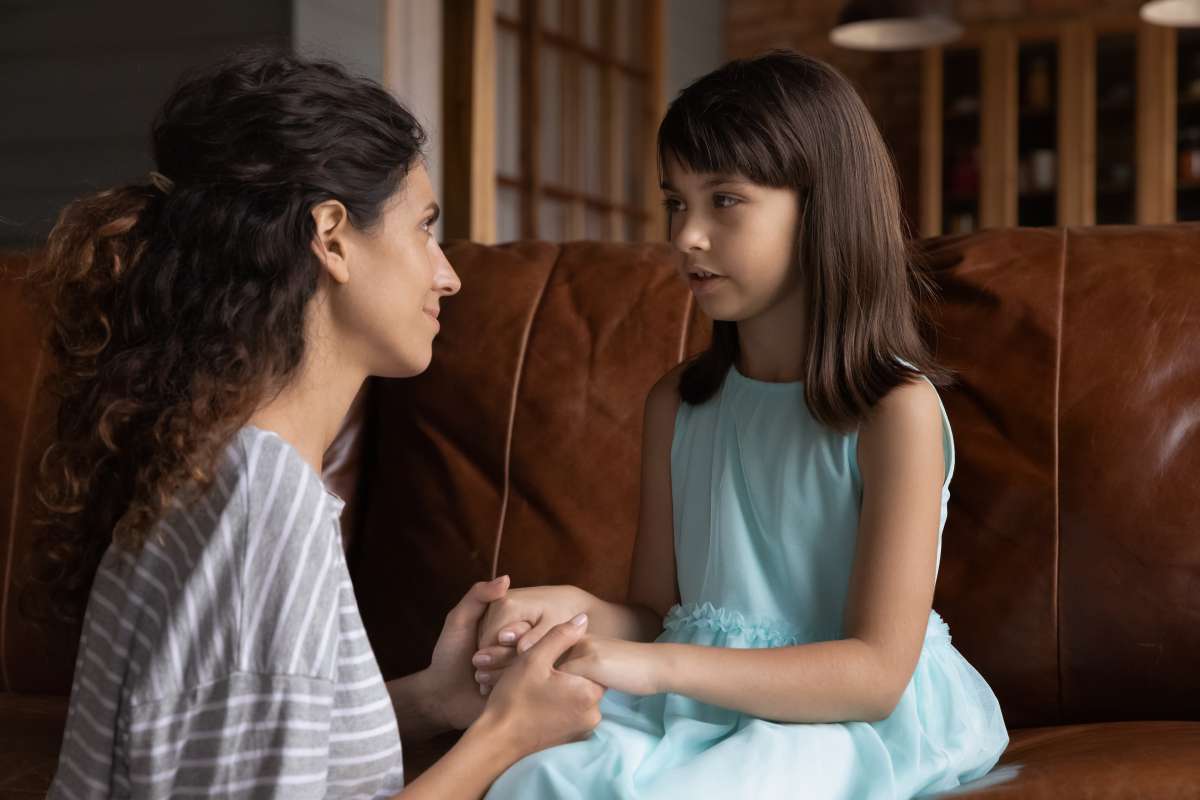
Teach children about their bodies, boundaries, and the importance of speaking up if they feel uncomfortable.
c. Online Safety
In the digital age, educate children about online safety, including privacy, cyberbullying, and responsible internet use.
4. School Safety
Safety extends to the school environment, where children spend much of their day.
a. School Bus Safety
Teach children about safe school bus practices, including waiting at designated stops and boarding and disembarking safely.
b. Playground Safety
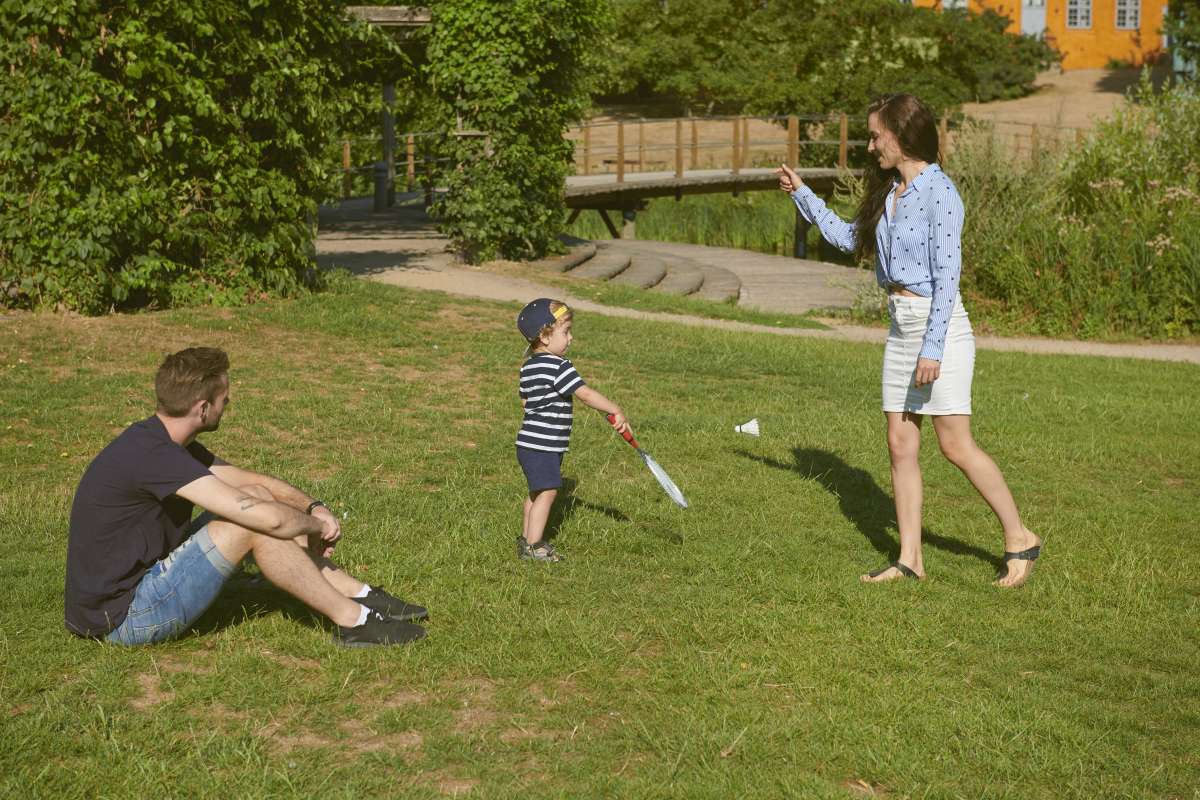
Discuss playground safety rules, such as using equipment correctly and being aware of potential hazards.
c. Bullying Prevention
Encourage open dialogue about bullying, emphasizing the importance of reporting incidents and seeking help.
5. Outdoor Safety
When children venture outside, they must understand how to stay safe in various environments.
a. Road Safety
Educate children about traffic rules and pedestrian safety. Stress the importance of looking both ways before crossing streets to them.
a. Stranger Safety

Reinforce the concept of stranger danger, especially in public places, and guide on seeking help from trusted adults.
b. Nature and Wildlife
If children spend time in natural settings, educate them about potential wildlife encounters and safety measures.
6. Emergency Preparedness
Teaching children about safety includes preparing them for emergencies.
a. Emergency Contacts
Ensure your child knows how to contact trusted adults in emergencies, including parents, guardians, and neighbours.
b. Evacuation Plans
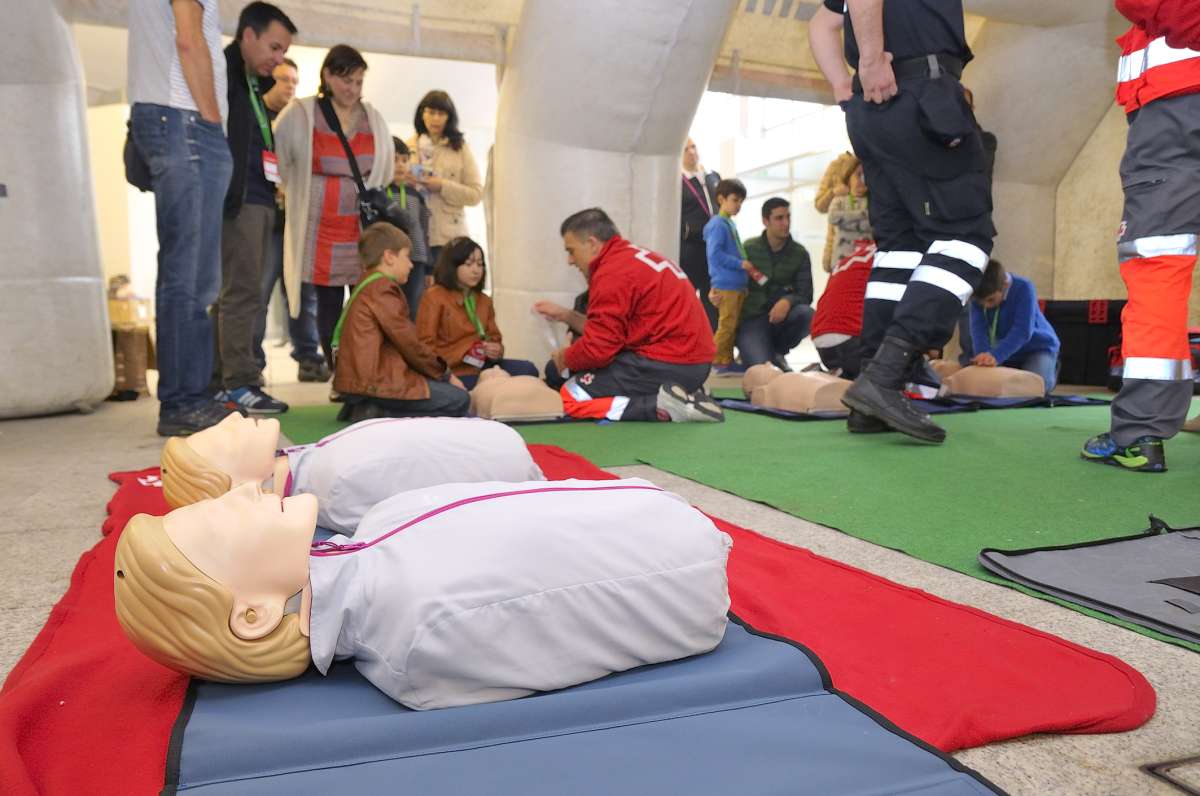
Create and rehearse evacuation plans for various scenarios, such as fires or severe weather.
c. First Aid Basics
Teach children basic first aid skills, including cleaning and bandaging wounds and when to call for help.
7. Role Modeling
Parents and caregivers play a crucial role in teaching children about safety.
a. Lead by Example
Demonstrate safe behaviours, such as wearing helmets when biking or obeying traffic laws, to set a positive example.
b. Encourage Questions

Create an environment where children feel comfortable asking questions about safety concerns.
c. Reinforce Learning
Regularly review safety lessons and discuss real-life situations to reinforce learning.
8. Schools and Community Resources
Use resources available in schools and communities to enhance safety education.
a. Safety Education Programs
Enrol children in safety education programs schools, community centres, or local organisations offer.
b. Guest Speakers
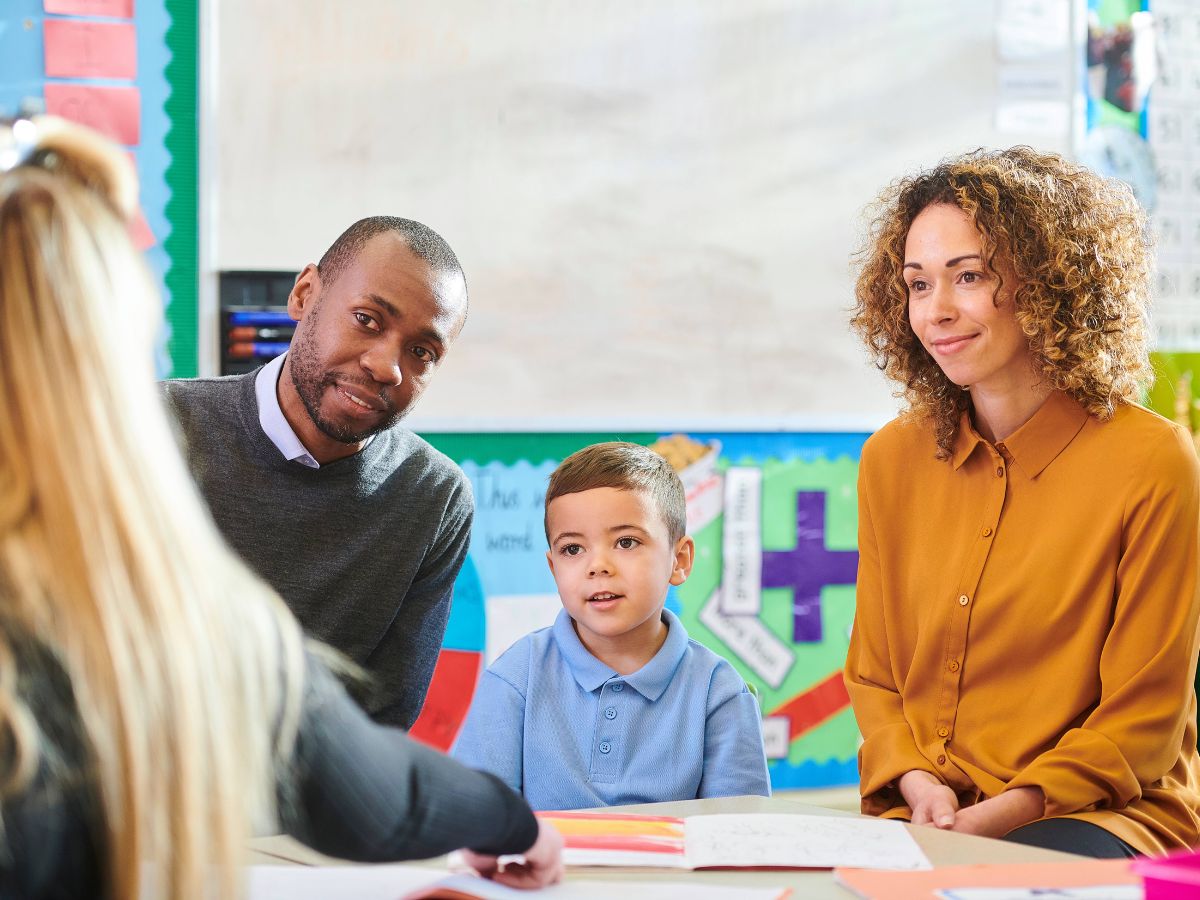
Invite guest speakers, such as firefighters, police officers, or paramedics, to share valuable safety insights with children.
9. Regular Check-Ins
Ongoing conversations and check-ins are important for reinforcing safety knowledge.
a. Family Meetings
Conduct regular family meetings to discuss safety concerns, address questions, and review safety plans.
b. Trust Your Instincts

Encourage children to trust their instincts and speak up if they feel unsafe or uncomfortable.
Teaching children about safety at home, school, and in outdoor environments is an ongoing process. It equips them with valuable life skills. By instilling safety knowledge, building open communication, and empowering children to make informed decisions, we create a secure foundation for their future. Remember that safety education is not about instilling fear but building confidence, resilience, and the ability to navigate the world safely.
